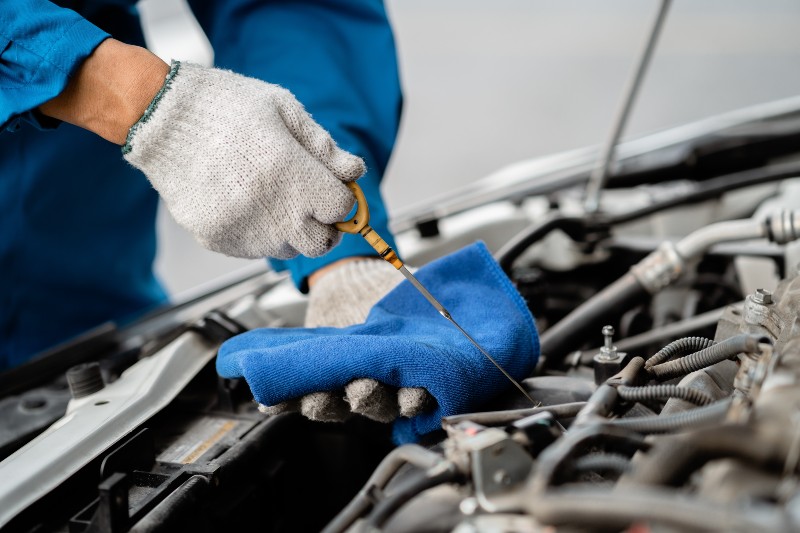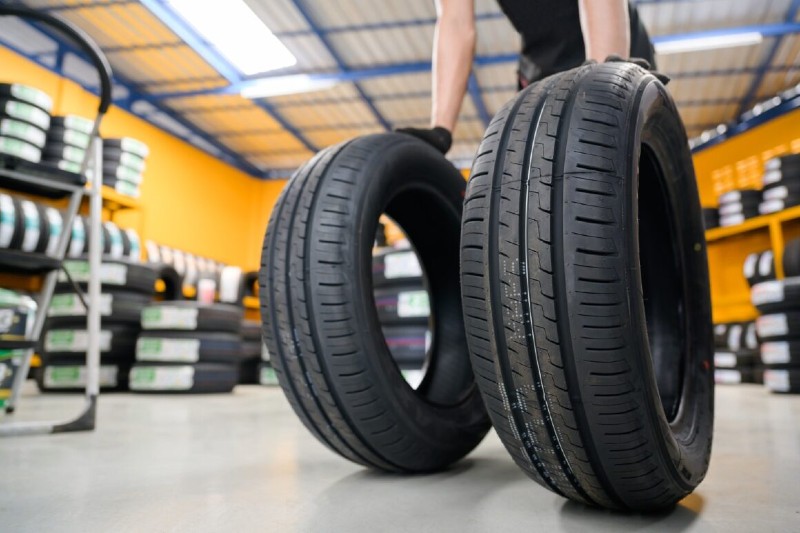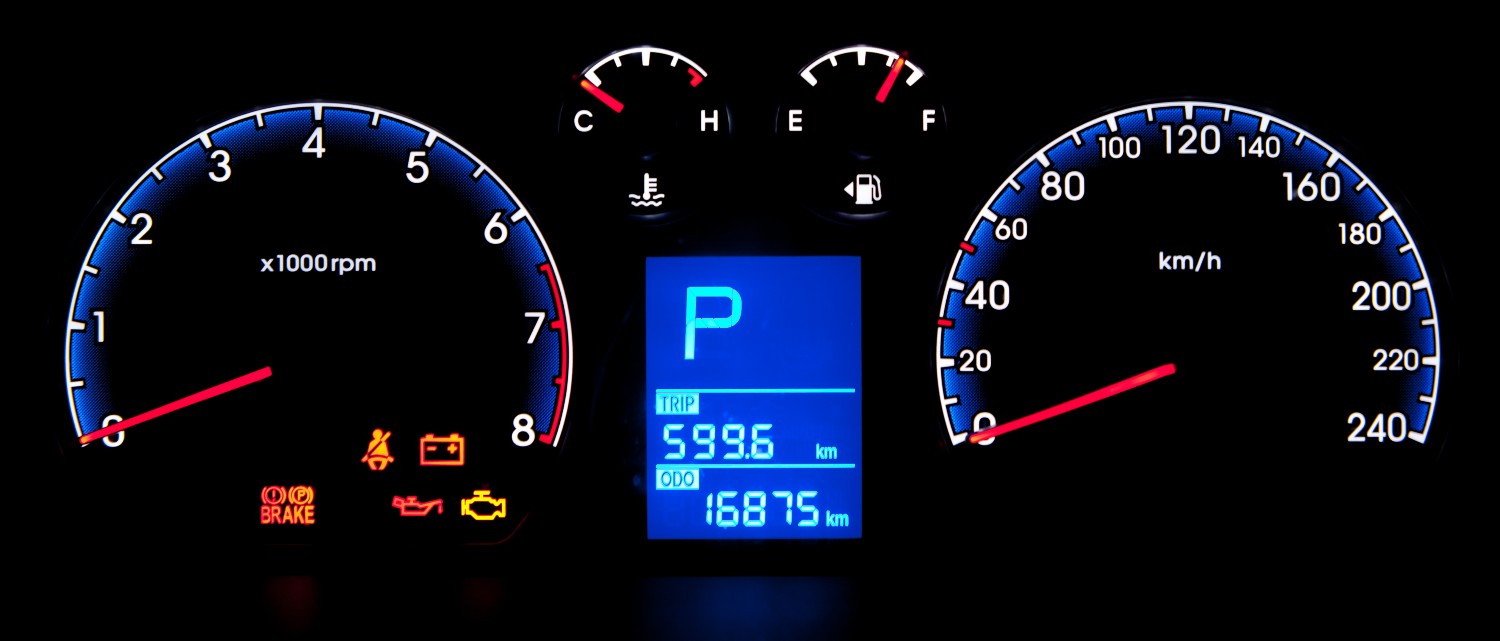Tips for Maintaining Your Car
Taking good care of your car ensures it will take good care of you. Whether you're commuting daily or embarking on long road trips, maintaining your vehicle in top condition is crucial. Here are essential tips to keep your car running smoothly for the long haul.
 Follow Your Owner’s Manual Maintenance Schedule
Follow Your Owner’s Manual Maintenance Schedule
While your mechanic provides valuable advice, the most reliable guidance comes from your vehicle’s owner’s manual. Modern engines can often go 5,000 to 7,500 miles between oil changes, contrary to outdated advice suggesting every 3,000 miles. The manual lists the manufacturer’s recommended maintenance intervals, helping you avoid unnecessary expenses and ensure proper vehicle upkeep.
Regularly Check Your Tires

Proper tire inflation is critical for safety and performance. Incorrect tire pressure can lead to blowouts and accidents. Here’s how to keep your tires in check:
Check tire pressures when cold: Temperature affects pressure, so measure before driving or after a short trip.
Follow the recommended pressure: Use the “tire and loading information” sticker on the driver’s side door jamb, not the tire’s maximum PSI.
Use a quality tire pressure gauge: Digital gauges often provide the most accurate readings.
Additionally, maintain good tread depth for optimal safety. Use a penny to check: if you see the top of Lincoln’s head, replace the tire. Also, inspect for uneven wear indicating alignment issues.
Keep Your Car Clean Inside and Out
A clean car not only looks good but also maintains its value and prevents damage. Road salt, grime, and other contaminants can damage the paint and metal, leading to corrosion. Regularly wash and wax your car to protect it.
Inside, a tidy car enhances the driving experience and preserves resale value. Regularly vacuum and clean the interior, and consider minimizing eating in the car to avoid food particles causing odors and stains.
Use the Recommended Octane Rating
For most cars, regular unleaded (87 octane) fuel is sufficient. Using higher octane fuels in cars not designed for them can reduce engine efficiency. High-performance vehicles requiring premium fuel (91 octane) need it to prevent engine issues like pinging and detonation. Always follow the fuel recommendations in your owner’s manual to avoid costly engine damage.
Need Help Maintaining Your Car?
The team at C&S Car Company in Waterloo, IA, is here to assist you. We offer a range of services, from routine maintenance to repairs, to keep your car in peak condition. Contact us today to schedule an appointment or learn more about our services. Call us at (319) 291-7321.

 Follow Your Owner’s Manual Maintenance Schedule
Follow Your Owner’s Manual Maintenance Schedule